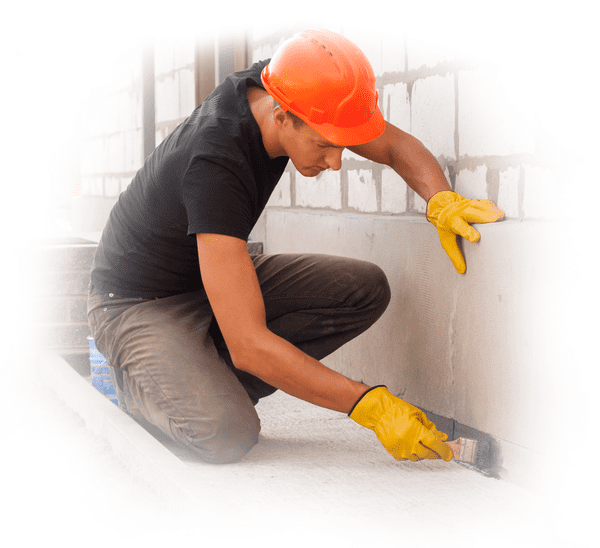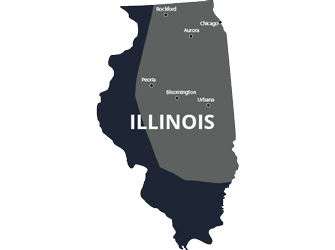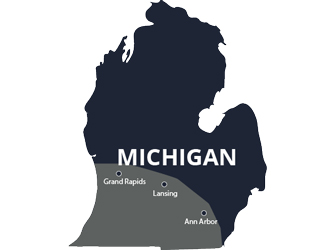If caught early, most damage to a foundation caused by waterproofing failure can easily be repaired. For example, filling and sealing hairline cracks in basement walls or foundation floors does not take long and helps prevent further cracks that moisture may cause. However, if your foundation has been exposed to water infiltration for years, the time for quick and easy has passed.
Signs of Prolonged Moisture Exposure
Take a slow walk around the outside perimeter of your foundation. Look for any cracks, missing concrete pieces, and crumbling mortar. Cracks can range from small hairline cracks to major shifting cracks that look like stair steps.
On the inside of your crawl space or basement, look for the same things as you did outside, but also check for bowed basement walls, mold, and water spots. In the rest of the house, look for ceiling cracks, sagging spots on the floor, doors that stick or don’t latch, windows that don’t close properly, and cracked windows. All these are signs that your foundation has shifted enough to affect the rest of the home’s structure.
Repair Options
If the foundation and basement walls need to be lifted or need additional structural support, there are four main repair options: slabjacking, helical tiebacks, helical piers, and carbon fiber straps.
Slabjacking is when a material is injected through the concrete slab and into the air spaces under the foundation. The material expands, lifting the slab and providing stability where soil has shifted.
Carbon fiber straps are applied to bowed walls if the bowing is minor and after the foundation is straightened, if necessary. The straps adhere to the wall via a strong epoxy to reinforce the wall. The fiber will not rust.
Helical tiebacks are a type of wall anchor. When water pressure becomes too great, a wall can start to bow. To counteract that pressure, helical tiebacks are used. A tieback is comprised of an outside anchor attached to an inside wall plate via a strong rod.
Helical piers often come into play when soil around and under the home is very loose or an entire small structure needs to be lifted. Steel helical piers also are options for crawl spaces as the piers can work in smaller areas.
After excavation, the company you hired will push the helical piers deep into the ground until they reach stable soil. The piers attach to the foundation’s footers that hold up the foundation. Helical piers are attached via plates and brackets.
Aftercare
Your foundation shifting likely is a result of waterproofing problems. To prevent future damage and repairs, you should have an expert examine your foundation to determine where and how water is gaining access to the concrete. Once you’ve figured out what happened, you may take additional steps to waterproof your basement, crawl space, or foundation slab.
All cracks eventually expand, so fill and seal all cracks, no matter how small. Talk with an experienced company about installing a drainage system, including sump pumps. Invest in a good dehumidifier to lower the moisture in the air. If you have mold, hire a certified mold remediator to remove it.
Outside your home, make sure all gutters are in working order and the downspouts empty several feet away from the foundation. If your yard does not have a slope, it needs one. This uses gravity to direct water away from the house. Keep the roof clear of snow during the winter, and do not plant trees or shrubs next to the house during the spring.
Acculevel Can Shore Up Your Foundation
At Acculevel, we provide all the solutions you need to lift your foundation or shore up walls to keep your home level and prevent further damage to your house. Specializing in basement and foundation repair since 1996, family-owned Acculevel is ready to help you stabilize your home. After we provide structural support, our experts will help you determine what we can do to keep your house level and dry. For a free in-home estimate, contact our friendly staff at (866) 669-3349 or email [email protected].
Related Articles:
How Foundation Issues Affect Your Home’s Value
Learning More About Your Foundation
Top Ways to Avoid Foundation Problems
Types of Foundation for Your House
Warning Signs of Foundation Problems
What Do Freezing and Thawing Do to Your Foundation?



















